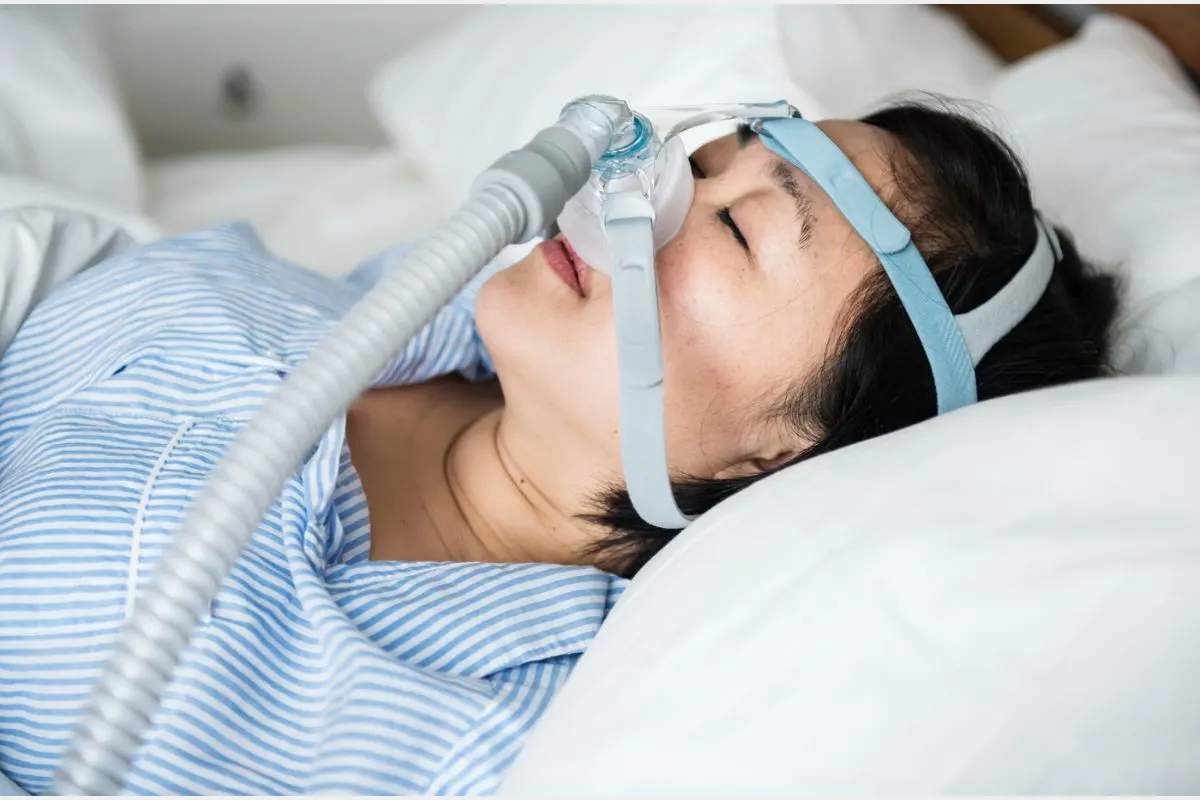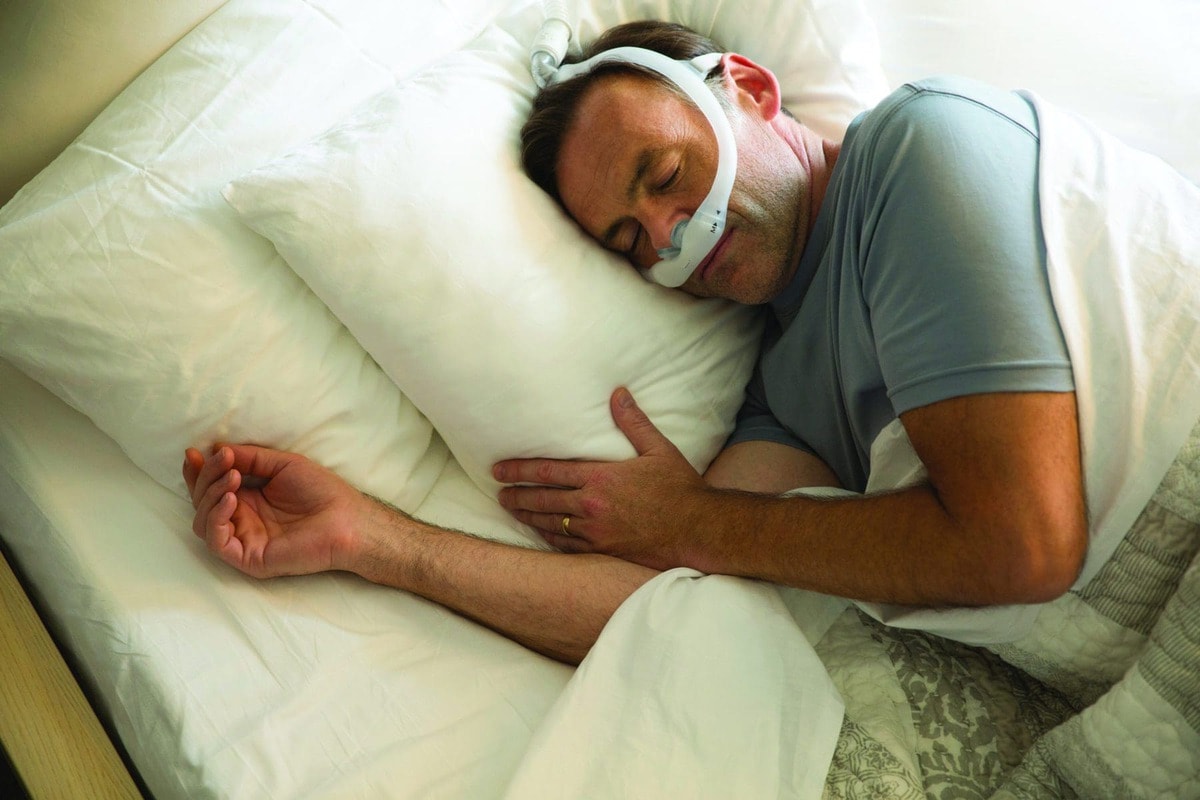Obstructive sleep apnea (OSA) is a big health issue for kids. It affects about 1–5% of them, mostly those aged 1–5 years. Kids with obesity and adenotonsillar hypertrophy are at higher risk.

Children with OSA often snore. It’s important for parents to notice these signs. This way, they can get medical help quickly.
If not treated, OSA can cause serious problems. These include brain, behavior, and heart issues. So, it’s key to find out early and get the right care.
Obstructive sleep apnea in children is a serious sleep disorder. It can have long-lasting effects on their health. Yet, it’s often not diagnosed, leading to untreated cases and complications.
OSA in children happens when the airway gets blocked during sleep. This blockage can be caused by big tonsils or adenoids symptoms. It disrupts breathing and can reduce oxygen levels in the blood.
In infants and young children, sleep apnoea in infants is very dangerous. Their small airways and need for steady breathing make it critical. Children’s symptoms can be different from adults, making it harder to spot.

While OSA is common in adults, children can also have it. But, it shows up differently. In kids, it’s often due to big adenoids or tonsils, not obesity, like in adults.
Child breathing patterns are key to spotting OSA. Parents should watch for snoring, pauses in breathing, and mouth breathing. These signs can mean a child has a sleep disorder.
Not catching OSA in children can lead to big health problems. These include brain and behavior issues, heart problems, and poor school performance. It’s vital to catch it early and treat it right.
It’s important to understand OSA in children to help them early. Obstructive Sleep Apnea is not just for adults; it also affects kids. The rate of OSA varies by age group.
Research shows that many children have OSA. Up to 66% of cases are severe. In kids aged 1–5, 83% have severe OSA.
This highlights the need to watch for toddler snoring and infant snoring. It’s key to catch these signs early.
Can newborns snore? Yes, they can. Snoring in newborns might signal sleep problems, like OSA. Parents should watch for any unusual sounds during sleep.
Several factors can lead to OSA in kids. These include:
Knowing these risk factors early can lead to quicker diagnosis and treatment. This can help prevent long-term health problems in children.
Children with Obstructive Sleep Apnea show signs that parents need to watch for. Snoring is a big one, but other signs like mouth breathing at night and breathing pattern changes are important too.

Daytime symptoms of OSA in kids might not seem related to sleep. They can include:
These symptoms can hurt a child’s schoolwork and social life. Finding them early is key.
At night, signs of OSA can show up. Parents should look out for:
Watching for these signs at night can help spot sleep disorders early.
If you see these signs often, talk to a doctor right away. Early treatment can make a big difference in a child’s life and prevent serious problems later.
Sleep apnea in kids varies in severity. It can be mild, moderate, or severe. Knowing this helps parents and doctors decide the best treatment.
Pediatric obstructive sleep apnea (OSA) is divided into three types. These are based on the apnea-hypopnea index (AHI). This index counts apnea and hypopnea events per hour of sleep.
The severity of OSA can really affect a child’s life. It can impact their day-to-day activities, behavior, and health.
Many kids with OSA have moderate-to-severe cases. Studies show that:
Not treating OSA can cause serious problems. These include brain and behavior issues, poor school performance, and heart problems. Early diagnosis and treatment are key to avoiding these risks.
Understanding the severity of pediatric sleep apnea helps parents and caregivers. They can better support their children’s health and ensure they get the care they need to do well.
Obstructive Sleep Apnea (OSA) can have serious effects on children’s health if not treated. It not only affects sleep quality but also impacts their development and health in many ways.
Children with untreated OSA often face neurocognitive and behavioural challenges. They might show symptoms similar to ADHD, like trouble focusing and being too active. Poor sleep can also hurt their memory, learning, and school grades.
Adenoids symptoms, like mouth breathing and snoring, are common in kids with OSA. These signs can point to deeper problems that need to be fixed to avoid lasting harm.
OSA can really hurt a child’s school performance. Kids with OSA often have trouble concentrating and remembering things, which can lead to bad grades. Getting a diagnosis and treatment early can help a child do better in school.
Untreated OSA can cause serious heart and physical health problems. Kids with OSA are more likely to get high blood pressure and heart issues later. Also, sleep apnoea in infants and young kids can slow down their growth and development.
If a child breathes fast while sleeping with a cold, it might mean they have a breathing problem linked to OSA. Parents should watch for these signs and talk to doctors if they’re worried.
Parents and caregivers need to spot OSA signs and get medical help. Early treatment can prevent long-term risks and improve a child’s life quality.
Diagnosing and treating obstructive sleep apnea in kids uses modern methods and strategies for different ages. It’s key to find the right treatment for each child.
Doctors use several ways to find out if a child has OSA. These include:
LivHospital leads in managing sleep disorders in kids. They use the latest tools for accurate diagnoses.
Treatment for kids with OSA depends on their age. Young ones might get help for mouth breathing or allergies. Older kids might need surgery or other treatments.
For older kids, treatments could be:
Experts say a team effort is best for treating OSA in kids. Doctors, ENT specialists, and sleep experts work together. They create plans that help kids sleep better.
“Early diagnosis and proper treatment of pediatric OSA can greatly improve a child’s life. It can also lower the chance of serious problems later on.”
LivHospital Pediatric Sleep Disorder Management Team
It’s vital to catch sleep apnea in kids early to avoid serious health issues later. Parents should watch for signs like a baby snoring or sleeping with their mouth open. These can mean there’s a sleep problem.
If sleep apnea isn’t treated, it can cause big problems. These include issues with thinking, behaviour, and heart health. Knowing the risks and symptoms helps parents get their child the right help.
Getting help early can make a big difference in a child’s life. It can help them do better in school and feel better overall. If you think your child might have sleep apnea, talk to a doctor right away.
Symptoms include snoring, pauses in breathing, and waking up at night. Daytime tiredness and breathing through the mouth at night are also signs.
Yes, newborns can snore. Sometimes, it’s okay, but if it’s constant, it might mean sleep apnea or other breathing problems. A doctor should check it out.
Kids with OSA often have big adenoids and might act out or do poorly in school. Adults usually feel very tired during the day and might have heart problems.
Hyperadenoids are when adenoids get too big and block the airway. This can cause sleep apnea. It’s a big risk for kids with OSA.
Kids might breathe through their mouth at night because their nose is stuffy or their nose shape is different. This can be a sign of sleep apnea.
Untreated OSA can harm brain function, cause bad behaviour, and hurt school grades. It can also lead to heart problems and even serious breathing issues.
Doctors use a mix of talking to the family, looking at sleep history, and tests like polysomnography. New tests are making it easier and more accurate for kids.
Treatments depend on the child’s age and how bad the OSA is. They might need surgery, a special mask, or changes in lifestyle like losing weight. A team of doctors works best together.
Yes, with the right diagnosis and treatment, kids with OSA can get better. Starting treatment early is key to avoiding long-term problems.
Yes, sleep apnea in babies is serious and can be risky. Watch for pauses in breathing, snoring, or restless sleep. If worried, see a doctor right away.
Being overweight is a big risk for OSA in kids. Extra fat around the airway can block breathing during sleep.
OSA in kids can range from mild to severe. Knowing how bad it is helps doctors choose the right treatment and predict future risks.
Subscribe to our e-newsletter to stay informed about the latest innovations in the world of health and exclusive offers!
WhatsApp us